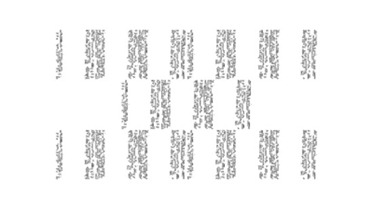 If you watch this picture, you may just see an innocent power plug extension. If you’re looking more carefully at the left bottom corner of the device, you may notice some connectors! Why should a power extension need connectors?
If you watch this picture, you may just see an innocent power plug extension. If you’re looking more carefully at the left bottom corner of the device, you may notice some connectors! Why should a power extension need connectors?
Indeed, this device is a perfectly integrated penetration testing platform. Here is a non-exhaustive list of features:
- On board wireless Wifi connection, Bluetooth connection, Ethernet connection; Everything to sniff communications.
- Everything to create SSH connection, VPN connections
- Out of band communication through 4G/GSM adapter! You can send commands through SMS.
- Stealth mode with device unpingable, and no listening ports
- A wealth of preloaded tools
- And many, many other goodies…
- Of course, the plugs are functional
Of course, it should only be used by white hats. Extracted from the user manual
All Pwnie Express / Rapid Focus Security products are for legally authorized uses only.
This may be a formidable tool! Of course, it is better suited for the US, as the plugs are following US standards. The device does not (yet) exist for other power plugs.
The product (and less powerful ones) is available form pwnie express.



